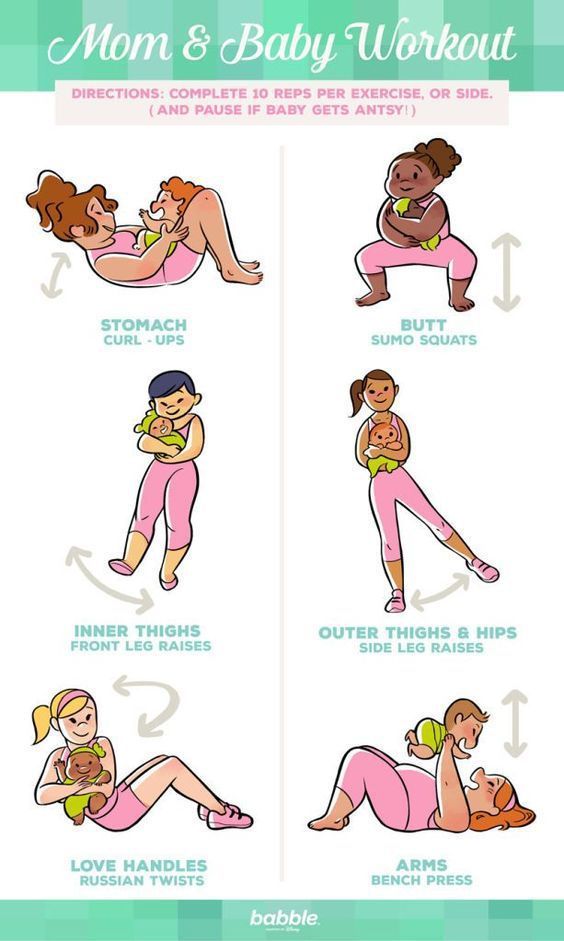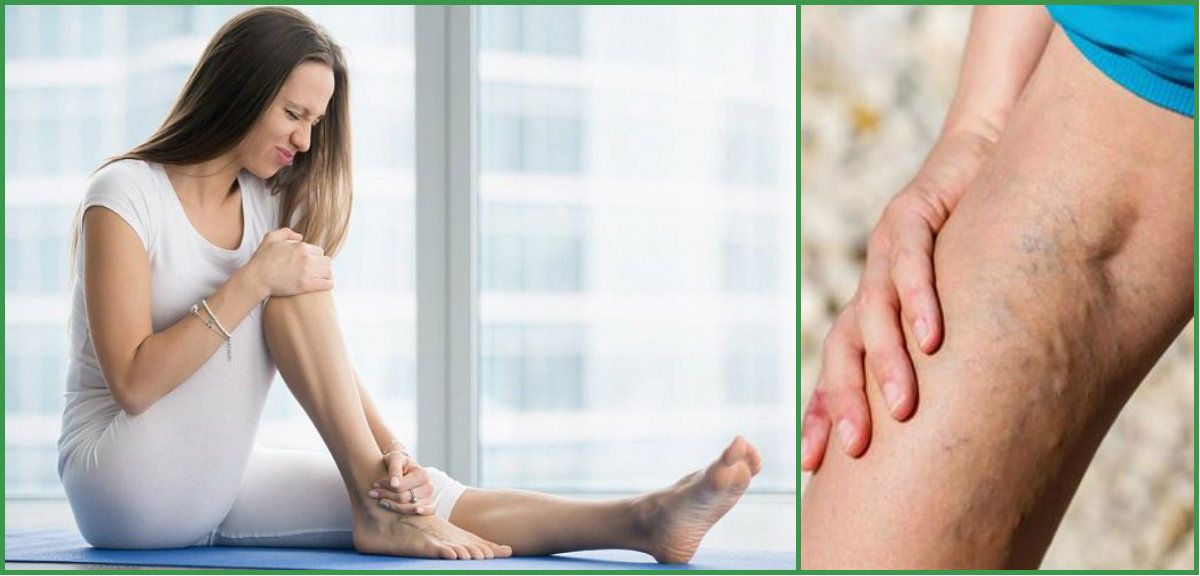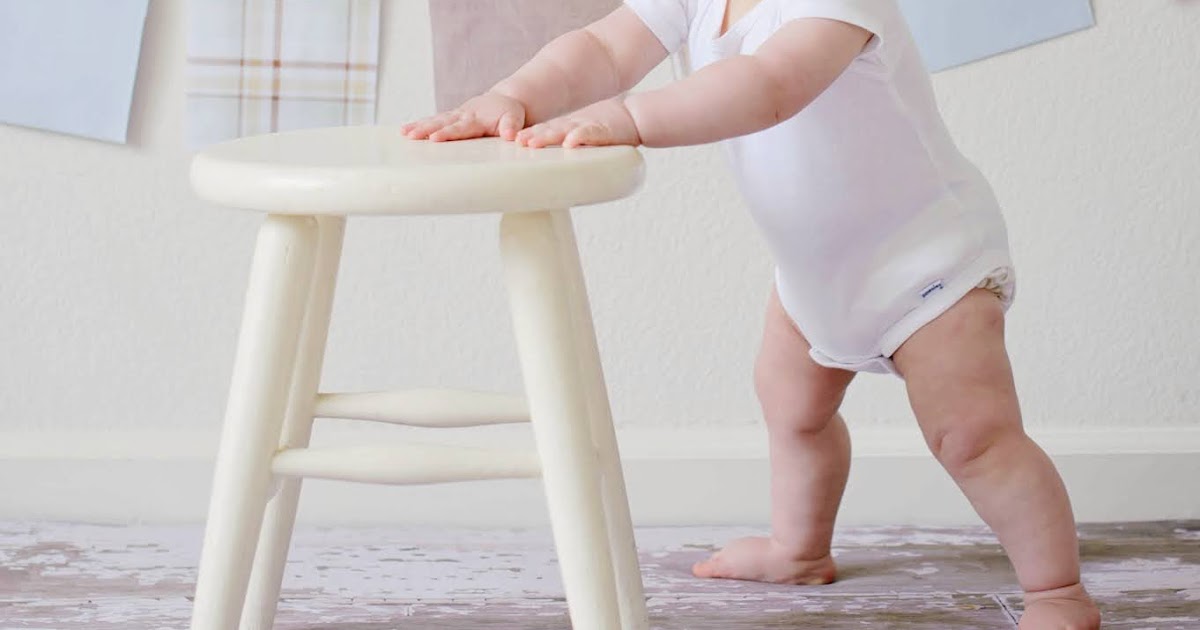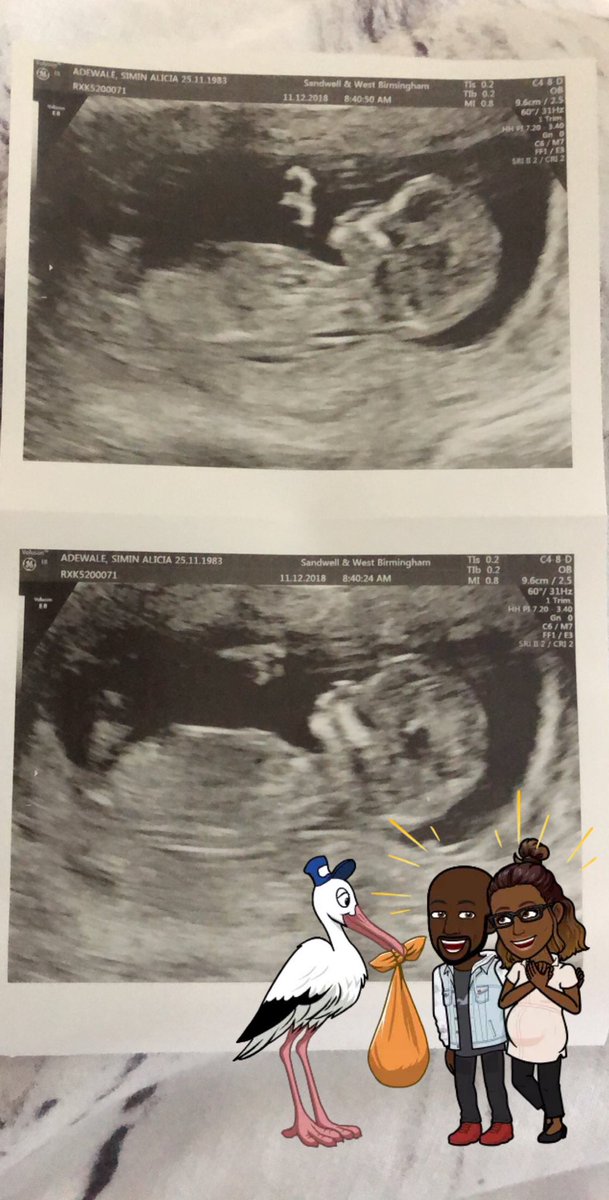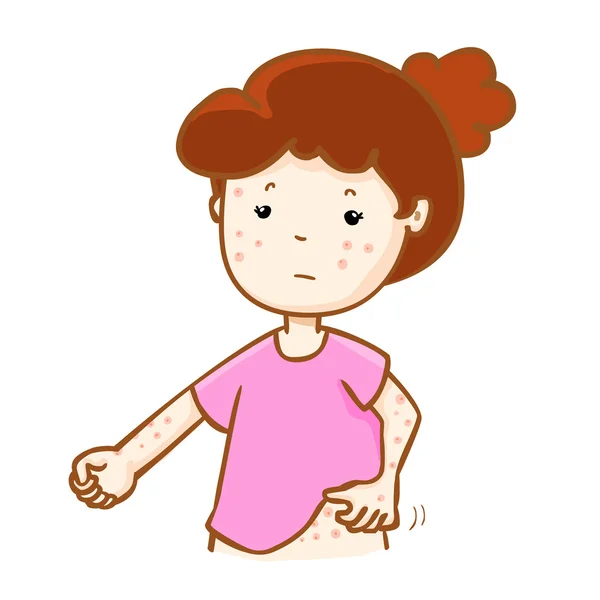Best exercises for after pregnancy
Postpartum Exercise: What to Know About Exercising After Pregnancy
TIPS TO LIVE BY Feb. 17, 2021 - Katie McCallum
Life looks different after having a baby. From your morning routine to your evening routine to your workout routine, almost everything changes.
Speaking of your workout routine...
How soon after giving birth can you start thinking about exercise again?
"Pregnancy and childbirth are accompanied by some pretty significant changes in your body. Exercise can help you heal and recover, but your workouts will look different than what you're probably used to for several weeks," says Dr. Kathleen Mundy, OB-GYN at Houston Methodist. "While many women are eager to burn off baby weight, I recommend thinking of postpartum exercise as a way to reap the lifestyle benefits of physical activity, while also slowly regaining strength in the muscles weakened during your pregnancy. "
Making time for exercise after pregnancy can help you:
- Feel more energized
- Sleep better
- Manage stress more effectively
- Lose weight
- Regain strength in your abdominal muscles
"Regular exercise may also help fight symptoms of postpartum depression, the baby blues some new moms feel after giving birth," adds Dr. Mundy.
How soon after giving birth can you exercise?Like most things exercise, there's no one-size-fits-all answer to how soon is too soon and how much is too much.
"When it's safe for you to start exercising again depends on your how your pregnancy and delivery went. If you had an uncomplicated pregnancy and normal vaginal delivery, you can start doing light exercises as soon as a few days after giving birth. If you experienced a complicated pregnancy or had a cesarean section, your body will likely need more time. Your doctor will help you understand when you can start exercising again," explains Dr.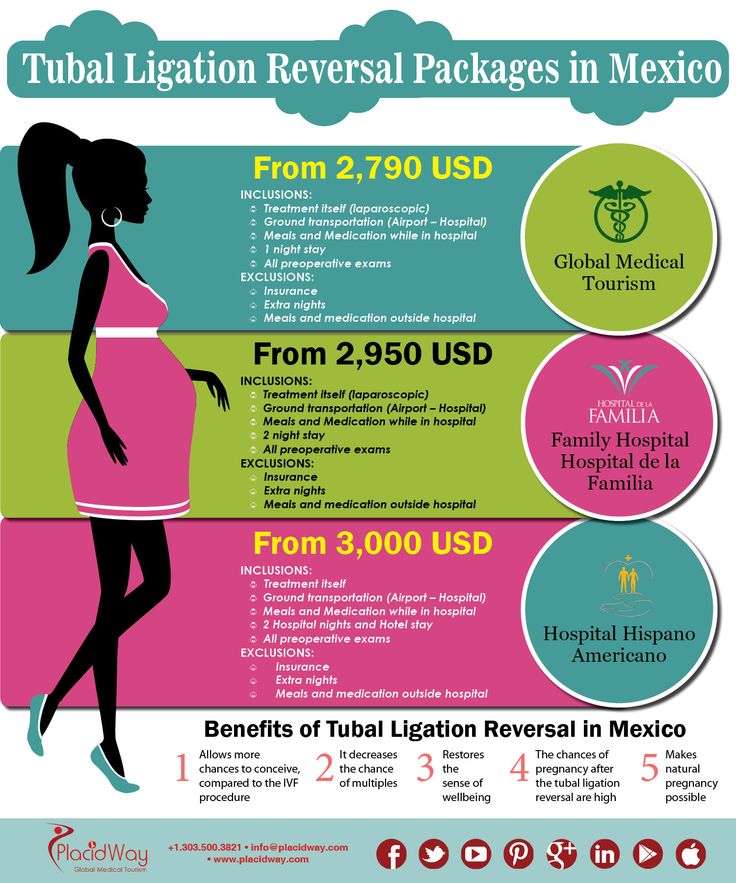 Mundy.
Mundy.
And a certain emphasis needs to be placed on light exercise. Trying to do too much too soon may be tempting — especially if you miss your old workout routine — but it's ill-advised.
"First and foremost, and regardless of your pre-pregnancy fitness level, it's important to start slow and let your body be your guide," recommends Dr. Mundy. "The structural and hormonal changes that happen during pregnancy don't just disappear as soon as your baby is delivered, and overdoing it after pregnancy can result in urine or feces leakages, pelvis discomfort, joint pain and even injury."
Slowly easing into exercise means opting for low-impact workouts — such as walking and postpartum exercises — long before you go for a run or do a HIIT workout. And, as you slowly increase the intensity of your workouts over time, be sure to listen to your body and stop immediately if you feel any pain.
"Most importantly, set realistic exercise goals for yourself. If you're new to exercise and looking to burn some baby weight, keep in mind that, in addition to regaining strength, improving your overall cardiovascular fitness and building muscle takes time.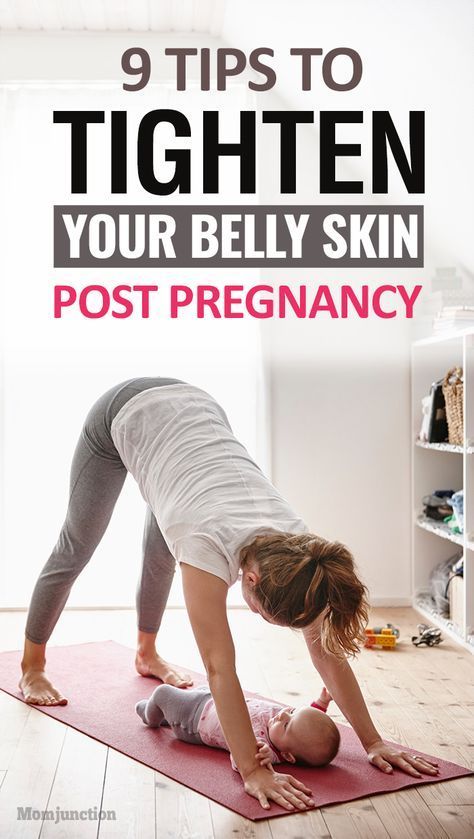 If you're already an avid exerciser, you'll still need to be patient as your body recovers."
If you're already an avid exerciser, you'll still need to be patient as your body recovers."
Pregnancy and childbirth change your body in many ways, but, in particular, they weaken your abdominal and pelvic floor muscles. This is significant because these muscle groups help provide stability and balance while performing daily activities, as well as while exercising.
"After pregnancy, it's very important to regain strength in these muscles, and postpartum exercises are a way to do that," explains Dr. Mundy. "These exercises can help prevent incontinence and pelvic organ prolapse in the future."
A postpartum exercise routine can safely include:
- Pelvic tilt exercise to strengthen your abdominal muscles
- Kegel exercise to strengthen your pelvic floor muscles
- Belly breathing to help re-coordinate your breathing throughout your core
- Happy baby pose to loosen tight pelvic floor muscles
- Walking to improve your cardiovascular fitness and challenge your muscles
"Be very cautious about the type of abdominal and pelvic muscle exercises you do after pregnancy," warns Dr.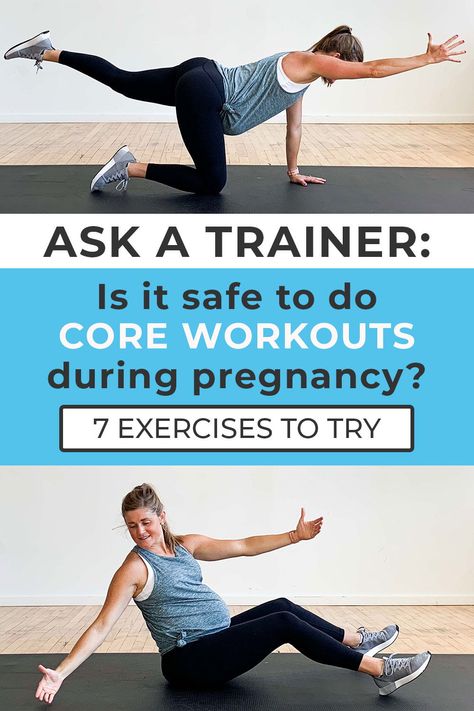 Mundy. "Quickly returning to high-intensity core workouts can strain your weakened abdominal and pelvic muscles and cause pain or injury."
Mundy. "Quickly returning to high-intensity core workouts can strain your weakened abdominal and pelvic muscles and cause pain or injury."
For the first several weeks after giving birth, your exercises won't entail jumping, running, weightlifting or anything rigorous. But once you do get to a healthy fitness level where your workouts really get you moving, you may be wondering how exercise affects breastfeeding.
"There's a misconception that you should breastfeed or pump before your workout, as high-intensity exercise can cause lactic acid buildup in your breast milk, which babies won't eat. This is probably very rare. That being said, I do still recommend that you pump before a workout simply because exercising when your breasts are full can be uncomfortable," explains Dr. Mundy.
Here are some do's and don'ts of exercising while you're breastfeeding:
- Do drink plenty of water
- Do wear a supportive bra that fits properly (not too tight, but not too loose)
- Do gradually increase your activity level
- Don't exercise with full breasts (breastfeed or pump before a workout)
- Don't overdo it — stress and fatigue can reduce your breast milk and increase your risk of a breast infection
Stay up-to-date
By signing up, you will receive our newsletter with articles, videos, health tips and more.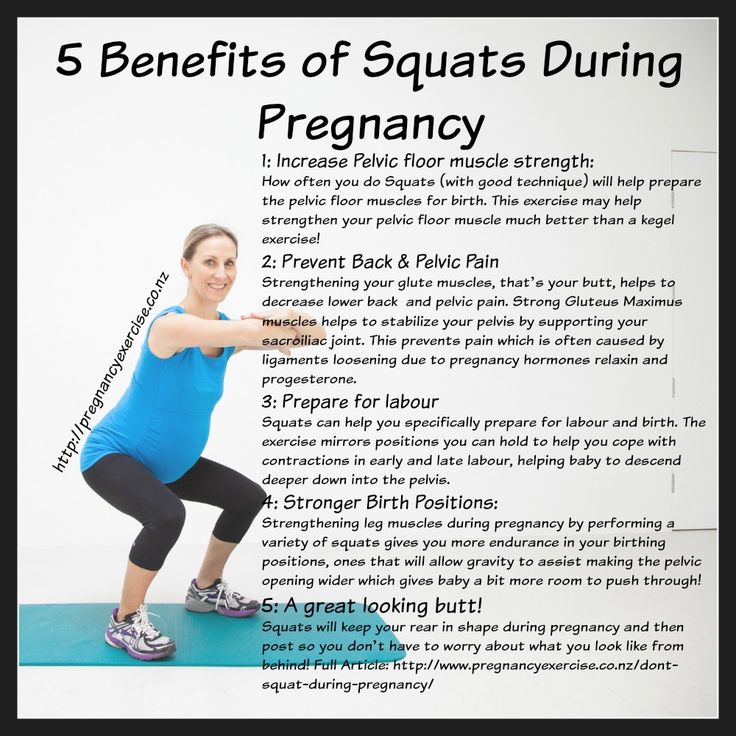
Please Enter Email
Please Enter Valid Email
8 Postnatal Exercises, Plus a Sample Workout You’ll Love
Share on PinterestWe include products we think are useful for our readers. If you buy through links on this page, we may earn a small commission. Here’s our process.
Whether this is your first, second, or fourth trip around the postpartum block, there’s a good chance your post-baby body feels a lot different than your pre-pregnancy self (you did just birth a human, after all!).
But if you’re eager to get moving, you might be wondering when it’s safe to return to exercise and what types of workouts are best in the first few weeks and months after childbirth.
While your pregnancy, type of birth, and any complications you experienced during delivery will dictate specific exercise guidelines, the most important factor to consider is how you feel.
That’s because easing into any type of workout after giving birth is key to both the long-term success of your fitness plan and your overall health.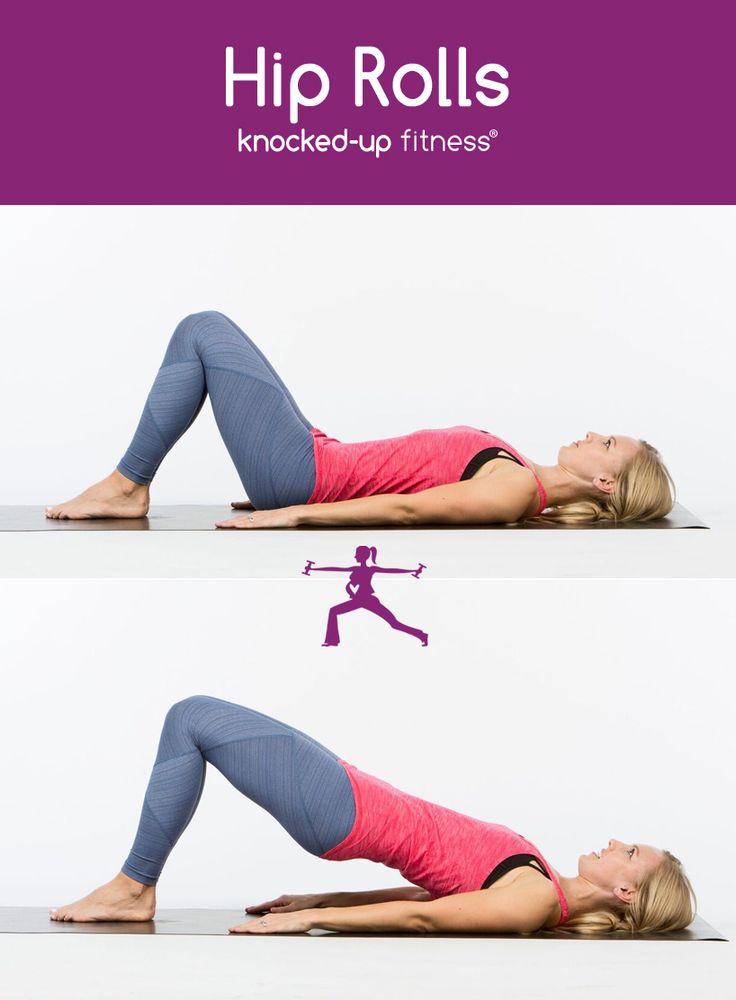 In other words, try to be patient and realistic about what you’re capable of doing.
In other words, try to be patient and realistic about what you’re capable of doing.
According to the American College of Obstetricians and Gynecologists (ACOG), the type of pregnancy and delivery you had are the primary considerations for deciding a start date for fitness. In general, if you had a healthy pregnancy and delivery, you can start working out when you feel ready. For some women, this may be as soon as a week after giving birth. (But it’s OK — and perfectly normal — if you need longer!)
If you had a cesarean delivery or other complications such as diastasis recti or severe vaginal tears, you’ll need to work with your doctor to determine a timeline for when it’s safe to begin exercise again. In general, you’ll need to wait several weeks to return to an exercise program — so enjoy some guilt-free rest, recovery, and… relaxation? (As much as is possible with a newborn, that is!)
When you do head back to the gym or hit the trails for a walk, aim to stay active by engaging in low-impact aerobic activity for 20 to 30 minutes a day. Add on 10 minutes of simple postpartum exercises that help strengthen your abdominal muscles and other major muscle groups such as your legs, glutes, and back.
Add on 10 minutes of simple postpartum exercises that help strengthen your abdominal muscles and other major muscle groups such as your legs, glutes, and back.
If 20 minutes is too much, scale back to 10 to 15 minutes, two times a day. For example, go for a 15-minute walk in the morning, followed by 10 minutes of gentle yoga or abdominal strengthening exercises at night. You can add time or intensity as you get stronger and your body feels better.
Pro tip
If you’re breastfeeding, you’ll want to nurse or pump before any type of exercise, and wear a supportive bra when you do work out.
Exercise, at any point in your life, is one of the best ways to improve your mood, strengthen and tone muscles, and increase overall health. But during the postpartum period specifically, fitness has the potential to:
- strengthen and tone abdominal muscles that were stretched during pregnancy
- boost your energy
- promote better sleep
- relieve stress
- help you lose any extra weight you gained
Light-to-moderate intensity aerobic exercise (such as walking) during the postpartum period also has the ability to improve mild to moderate depressive symptoms, according to a 2017 review of studies.
The primary goal in the postpartum period is to move your body and do movements that make you feel good. That said, there is one area that needs a little extra TLC, according to Roselyn Reilly, facility leader and trainer at Fit Body Boot Camp of Berkley, Michigan.
“The most important thing in the postpartum period is getting core strength back,” says Reilly. She recommends focusing on the diaphragm, transverse abdominis muscles, and the pelvic floor. “Cardio is fine, but I would keep it to lighter cardio and really focus on rebuilding the core strength,” she adds.
To whip your core back into shape, Reilly recommends staring with these five moves:
- Swiss bird dog holds
- Cat-Cow in tabletop
- Swiss ball glute bridge
- postpartum planks
- side plank leg lifts
And of course, diaphragmatic breathing and Kegel exercises are key during the postpartum period.
1. Pelvic floor exercises (Kegels)
If you followed your doctor’s instructions during pregnancy, there’s a good chance your body already knows how to do a Kegel.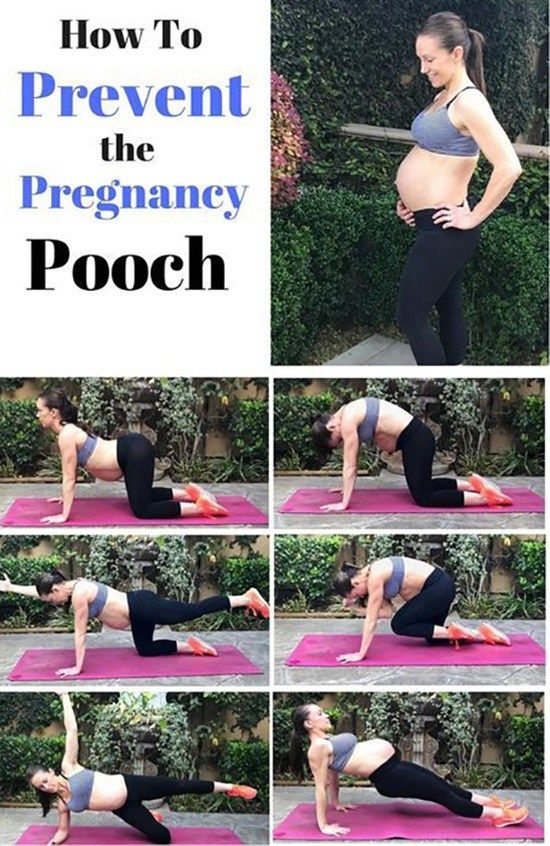 Continuing these exercises during the postpartum period can help you strengthen the pelvic floor muscles.
Continuing these exercises during the postpartum period can help you strengthen the pelvic floor muscles.
- Tighten your pelvic floor muscles (the ones used to stop the flow of urination).
- Hold for 10 seconds.
- Repeat throughout the day.
2. Diaphragmatic breathing
Diaphragmatic or deep breathing is an exercise you can begin within the first few days of giving birth. Taking a few minutes each day to focus on your breath can help you relax and reduce stress. It can also improve core stability and slow your rate of breathing. You can perform this breathing exercise seated or lying down.
- Lie flat on the floor on a yoga mat.
- Relax your body, focusing on releasing the tension from your toes to the top of your head.
- Put a hand on your chest and another on your stomach.
- Take a deep breath in through the nose. This will expand your stomach, but your chest should remain relatively still. Breathe in for 2 to 3 seconds.
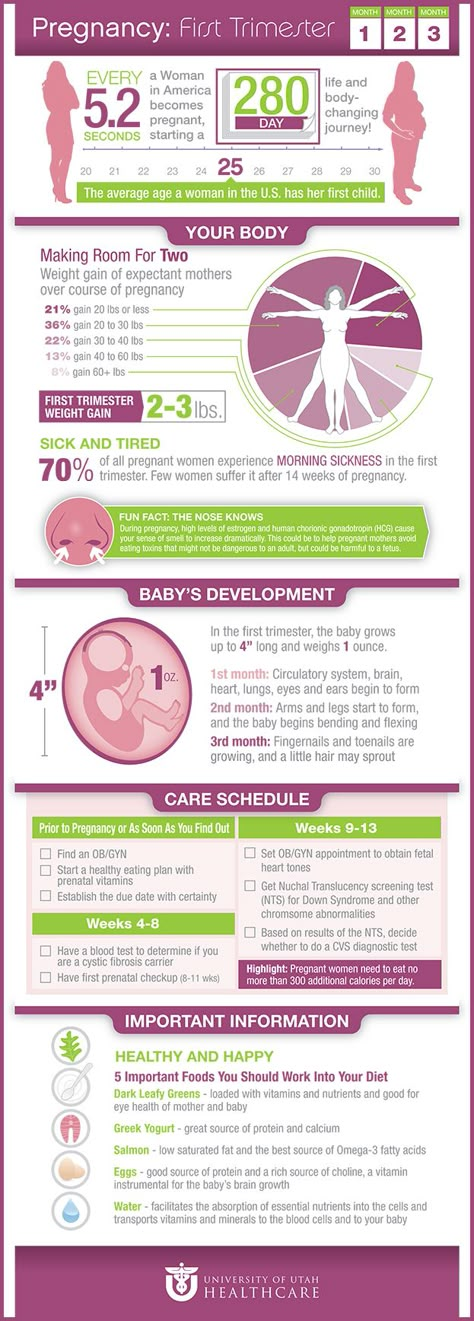
- Exhale slowly while keeping one and on the chest and one on the stomach.
- Repeat several times for 2 to 3 minutes.
3. Walking
The first few months after delivery is an excellent time to test-drive that new jogging stroller your BFF handed down to you. Walking, while pushing a newborn, will give your body an amazing workout, especially if you can find a route with some hills (hello, glute muscles!).
As you get stronger, consider stopping every 10 to 15 minutes and performing a few bodyweight squats. If the weather is nice, take your baby out of the stroller and hold them in front of you while squatting. The extra resistance will really give your backside a boost, and your little one will love the face-to-face time.
4. Swiss ball bird dog holds
This exercise helps with stability, posture, and reduces low back pain, which is pretty darn common after giving birth. You’ll need a stability or exercise ball (shop online for one here) to perform this move.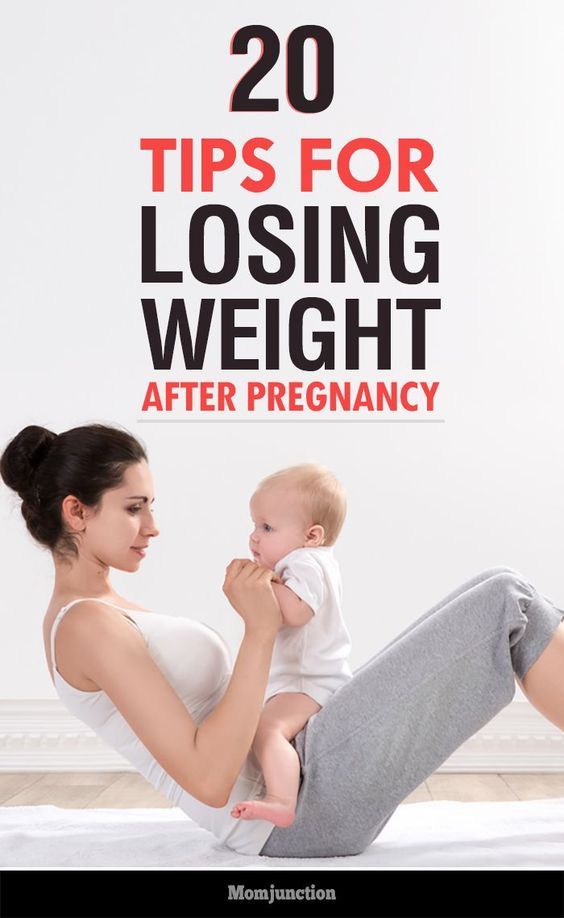
Share on Pinterest
- Lay down on top of the ball, so that your torso covers the ball. Your body will be in a straight line, with your palms flat on the floor and toes touching the ground.
- Looking down at the floor, lift and reach your left foot and right arm at the same time. Hold for 1 to 2 seconds.
- Return to the starting position and change sides.
- Alternate sides for 20 total repetitions.
5. Cat-Cow in tabletop
The Cat-Cow stretch is a beginner yoga move that helps to support back muscles, strengthens the core, and promotes mobility in the spine. Including this move in your postpartum workouts can help reduce back pain, promote relaxation, and improve circulation.
Share on Pinterest
- Get on the floor on all fours. Keep your back flat, spine neutral, and gaze looking down at the floor. Your wrists will be directly under your shoulders and knees under hips.
- Inhale and take a deep breath. On the exhale, round your spine toward the ceiling.
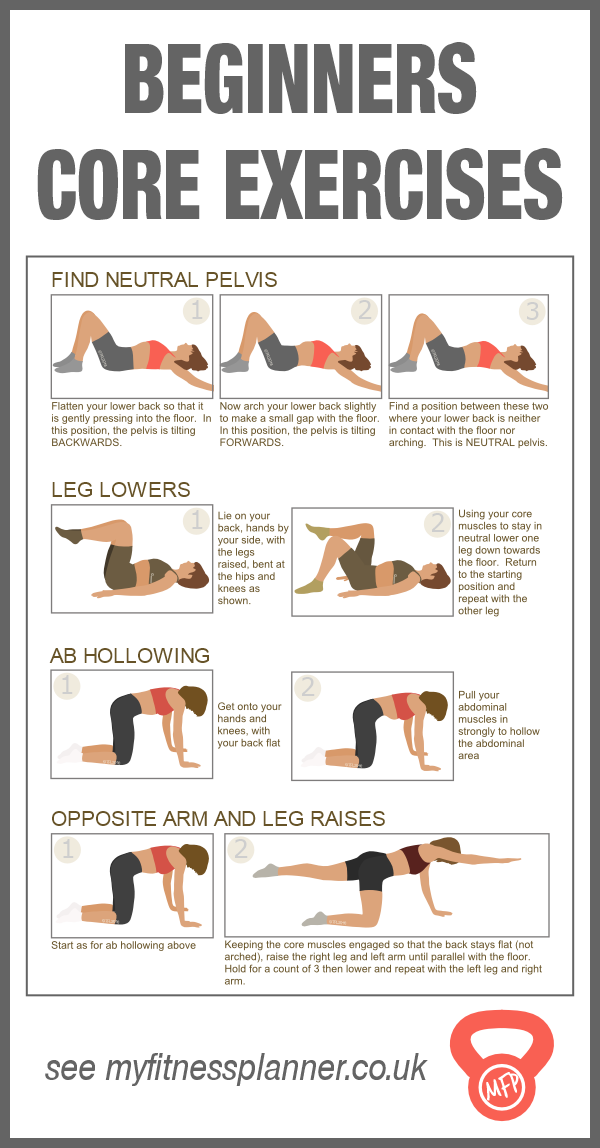 Your head and tailbone will move closer to each other.
Your head and tailbone will move closer to each other. - Hold in the cat position for 1 to 2 seconds. Then, inhale, arch your back, and lift your tailbone and head toward the sky as you relax your belly to the floor to move to the cow position.
- Do this continuously for about 60 seconds.
6. Swiss ball glute bridge
Reilly says the Swiss ball glute bridge exercise is great for pelvic floor and core stabilization. It works the abdominal muscles, glutes, quadriceps, and hamstrings. You will need a stability or exercise ball to perform this move.
Share on Pinterest
- Start with your back flat on the ground, knees bent, and stability ball by your feet.
- Place your feet flat on the ball, press through the heels, and raise your hips into the air. Use your glute and hamstring muscles to assist. Your shoulders and upper back will remain in contact with the floor, and your body should be in a straight line.
- Hold at the top for a few seconds and return to the starting position while keeping the ball still.

- Perform 3 to 4 sets, 10 to 20 repetitions each set.
7. Postpartum planks (aka standard plank hold)
The standard plank is an excellent total body exercise that retrains the core, strengthens the muscles in your upper body, and gives your glutes a nice lift. You can perform a standard plank within the first few weeks of giving birth, as long as you had a vaginal delivery without complications.
If you need to modify this move, Reilly says to start on your knees before doing a full standard plank.
Share on Pinterest
- Lie on your stomach with your forearms on the floor and elbows beneath shoulders. Your feet will be flexed with toes on the floor.
- Engage your glutes and core and rise up on your toes so that only your forearms and toes touch the floor. Your body should be a few inches off the floor in a straight line.
- Contracting your deep abdominal muscles, bring your belly button to spine, and tighten your buttocks and upper body.
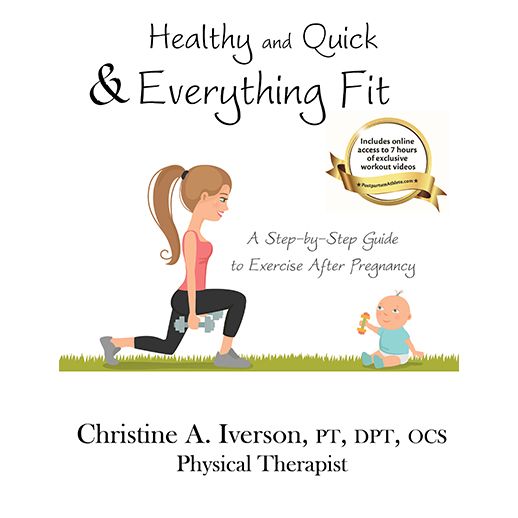 Breathe normally and hold for 30 seconds.
Breathe normally and hold for 30 seconds. - Repeat 1 to 2 times. As you get stronger, increase the hold time.
8. Side plank leg lifts
The side plank leg lift is a variation of the standard plank. It’s more advanced, so you may want to save this move for 6 to 8 weeks postpartum. This exercise will work your glutes, obliques, and to a lesser degree, the shoulder muscles.
Share on Pinterest
- Lie on your stomach with your forearms on the floor and elbows beneath shoulders. Your feet will be flexed with toes on the floor.
- Go on one forearm and turn sideways.
- Raise your body off the floor to get into a side plank position.
- Raise your top leg and hold it in the air for 20 to 30 seconds or repeatedly perform leg raises until the time is up.
- Perform 1 to 2 sets on each side.
Mon-Wed-Fri and Sat or Sun
- 30-minute stroller walk followed by the five core exercises listed above. (You can do diaphragmatic breathing and Kegels daily.
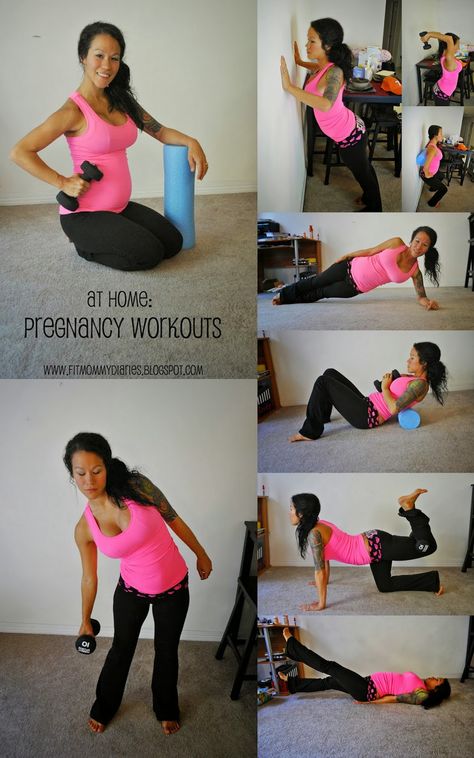 )
)
Tue-Thu
- Functional training workout below.
- Once you hit the 12-week mark, you can substitute the Tabata-style workout (below) for one of the functional training workouts.
Functional training workout
Reilly suggests a functional training workout using a very light weight — or baby as your weight. You can perform this routine 2 to 3 times in a row, taking a 30-second break at the end of each round.
- Bodyweight squats: 12 to 15 reps
- Push-ups: 12 to 15 reps (can modify by doing them on your knees)
- Lunges: 10 lunges on each leg
- Deadlift using light dumbbell (or baby in place of dumbbell): 12 to 15 reps
- Bent-over row using baby or a light medicine ball: 12 to 15 reps
Tabata-style workout
At 12 weeks postpartum, Reilly recommends a bodyweight workout using a Tabata-style outline of 20 seconds of work followed by 10 seconds of rest.
Perform each move for 8 rounds — 1 exercise at a time.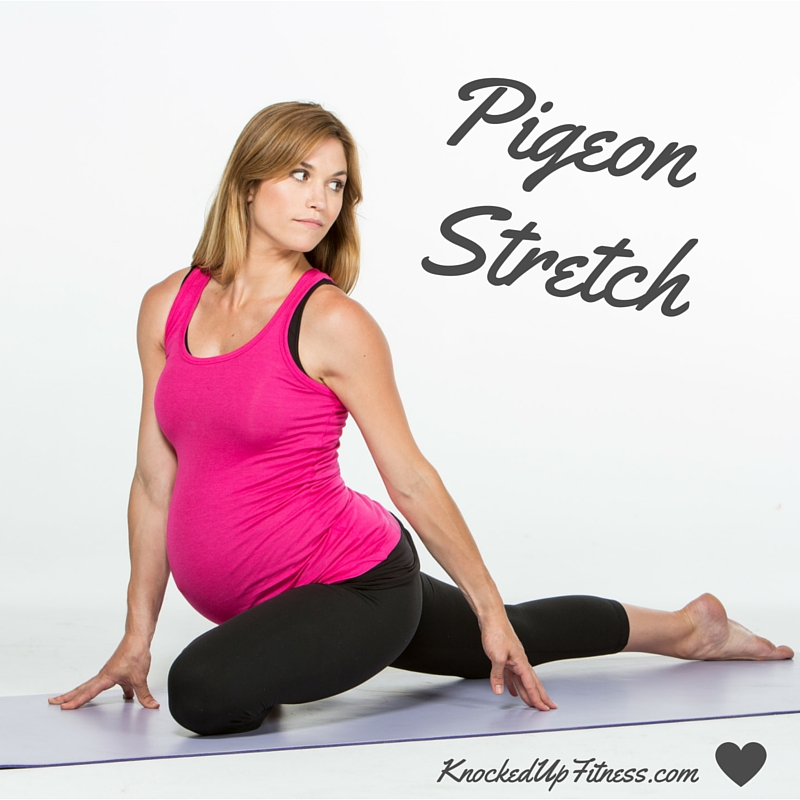 For example:
For example:
- 20 seconds of squats
- 10-second rest
- 20 lunges
- 10-second rest
- 20 push-ups
- 10-second rest
- 20 seconds of plank holds
- 10-second rest
- Repeat for a total of 8 rounds.
Remember, the postpartum period is a time to be kind to yourself and ease back into exercise. Each time you work out, make it a point to check in with your body and ask yourself these questions:
- How do I feel?
- Does anything hurt?
- Does this workout make me feel energized or ready for a nap?
If possible, take a few notes after each workout — at least in the early stages of postnatal exercise. That way, you can see any patterns or areas of concern that you may need to share with your doctor.
Some red flags to be aware of during this time include:
- vaginal bleeding
- abdominal pain
- sudden discomfort in your pelvic region
If exercise is causing you pain or bleeding, talk with your doctor right away.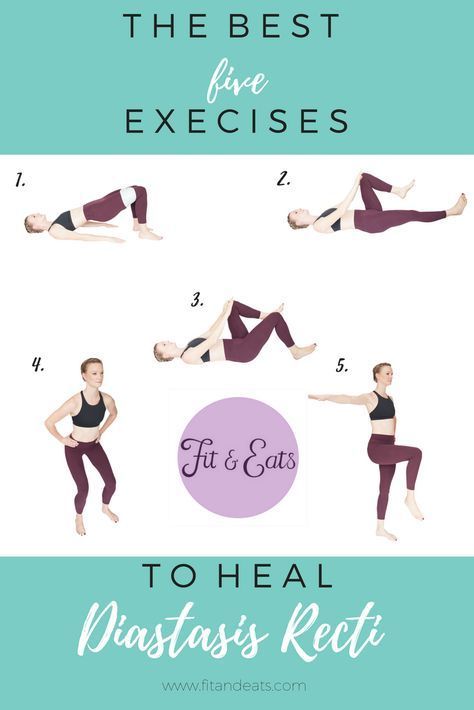 In addition to an office visit, they may recommend modifications such as decreasing the intensity and duration of the activity.
In addition to an office visit, they may recommend modifications such as decreasing the intensity and duration of the activity.
Including exercise in the postpartum period can help strengthen your core muscles, boost your mood, reduce stress, and prevent low-back injuries. It also gives you time to focus on you, which is a rarity during motherhood. Our motto? Take care of you so you can take care of them.
we shape the stomach, chest and back
Most women have problems with their figure after giving birth. Indeed, after the birth of a baby, the muscles in the abdomen, chest and back, the most “affected” during the gestation period, need to be strengthened. And it's not only about the figure, but also about health. It is not so difficult to recover them if you regularly perform a certain fitness complex and remember some simple rules.
The abdomen is the most problematic area for young mothers. However, it must be borne in mind that exercises to strengthen the abdominal muscles should be started no earlier than 6–8 weeks after a normal birth and 2–2.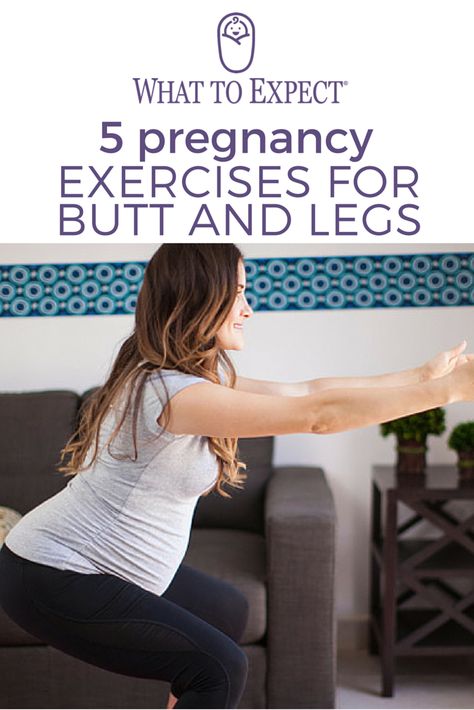 5 months after a caesarean section. This is due to the state of internal organs and the risk of injury.
5 months after a caesarean section. This is due to the state of internal organs and the risk of injury.
Naturally, one should “start” with minimal loads, gradually increasing them. To achieve the desired effect, gymnastics should first be done at least three times a week, gradually moving on to daily workouts. Each exercise should be initially performed 2-3 times, gradually approaching 15 repetitions.
Below we list simple but effective exercises to restore the figure.
Postpartum Abdominal Exercises
- Squats
Starting position: standing, legs together. During a slow squat, inhale, buttocks are pulled back as far as possible, the body is tilted forward, hands are on the middle of the thigh. On inspiration, the stomach should be rounded. When straightening, exhale, the back is straight, the arms are raised forward and slightly apart to the sides, the front wall of the abdomen is retracted. During the entire exercise, the heels are on the floor.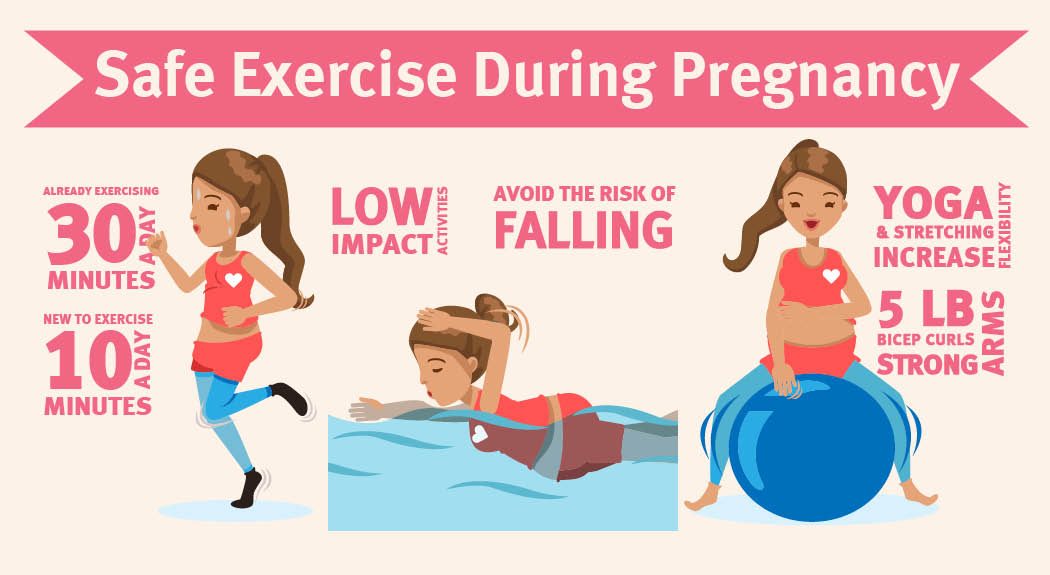
- Hip lifts
The exercise is performed in the supine position. The knees are bent, the back is pressed to the floor. Press your back firmly to the floor, tighten your abdominal muscles and lift your pelvis up. Hold this position for a few seconds. - Body lifts
From a supine position, holding your hands behind your head, perform body lifts (angle - 45 °, exhale on the rise, inhale in the starting position). Make sure your back stays straight. - Lunges
Take the “emphasis” position - kneeling, lower your hands to the floor. Legs and arms are shoulder width apart. Lunge forward simultaneously with your left hand and right foot, then with your right hand and left foot. - Leg raises
From a position lying on your side, alternately perform lifts of the left and right legs: lying on the left side, lift the right leg, lying on the right - the left.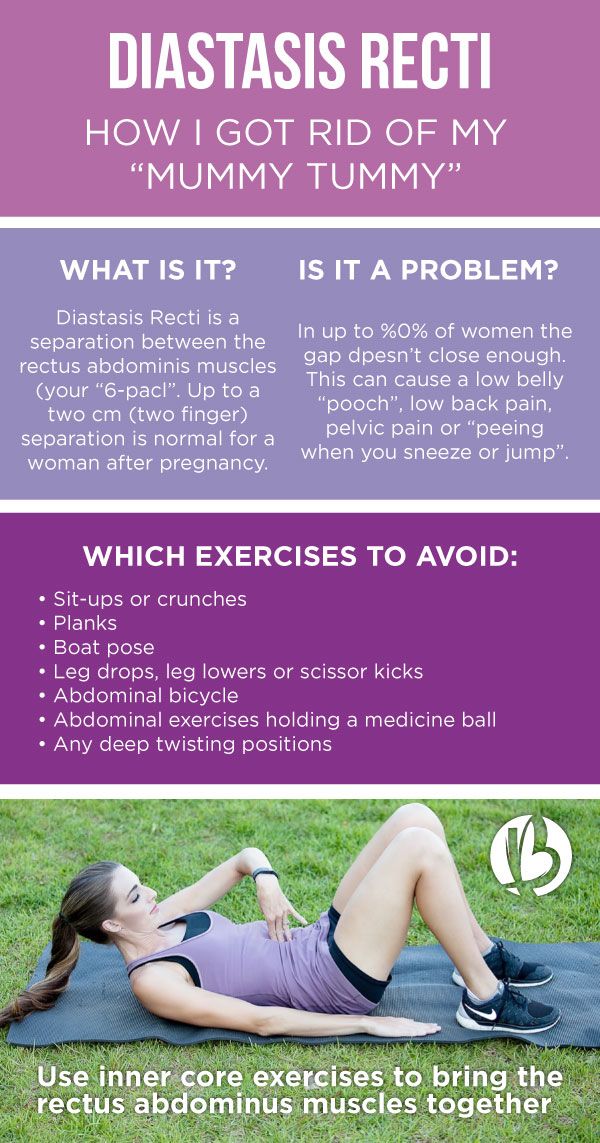
Postpartum chest exercises
The following exercises will help strengthen the chest muscles:
- Lock
Stand up straight, feet shoulder-width apart, hands clasped in the castle at chest level. Press your hands on each other, strictly making sure that your hands remain in place. This exercise allows you to strengthen the lateral muscles of the chest. - Reverse lock
We complicate the first exercise. To do this, an attempt should be made to separate the hands, while leaving the fingers interlaced and straining only the muscles of the shoulders and chest. - Wall stop
The exercise is performed against the wall. The arms are extended and pressed to her with palms at shoulder level. Press your hands against the wall (as if trying to move it), gradually increasing the pressure. Continue for 10-15 seconds. - Hand rotation
Take a standing position, feet shoulder-width apart.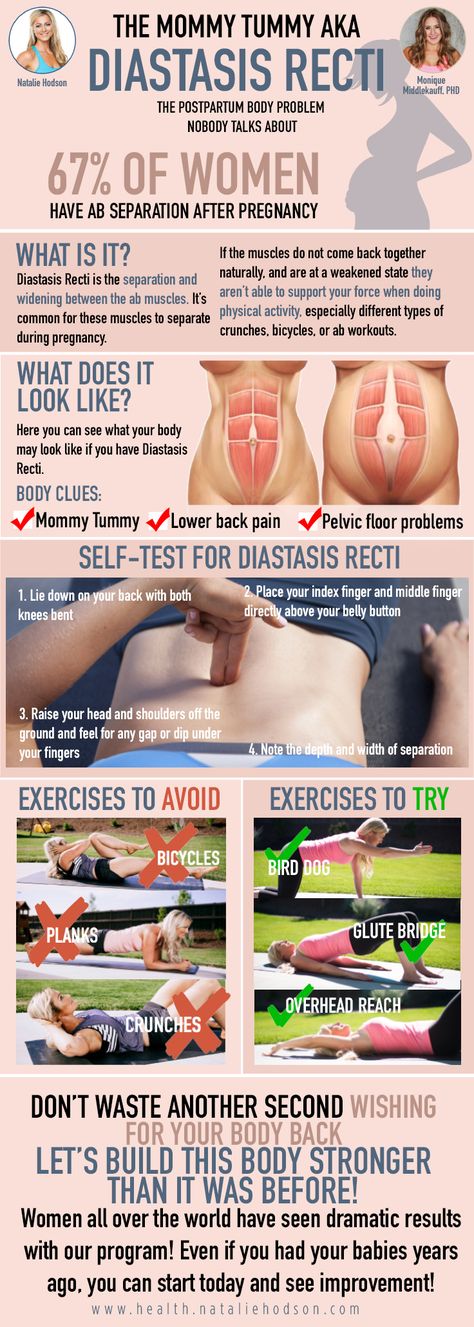 Bend your elbows, press your fingertips to your shoulders. Perform rotational movements with your hands, first forward, then back.
Bend your elbows, press your fingertips to your shoulders. Perform rotational movements with your hands, first forward, then back. - Mahi
Stand straight, arms lowered along the body. Raise one arm up and swing back. Swing forward from the starting position with your arms down. The exercise is performed alternately with both hands.
Exercises for the back after childbirth
The back experiences a lot of stress during pregnancy. If there are no problems with the spine, then the following exercises are recommended after childbirth.
- Slopes
Stand up straight, put your hands on your belt. Do spring bends forward. - Twisting
From the same starting position, perform twisting turns of the torso to the right and left sides alternately. - Arm swings
Put your legs apart, raise your hands to your shoulders. Gently raise your shoulders and elbows forward, then straighten your arms, lift them up and do two springy swings back.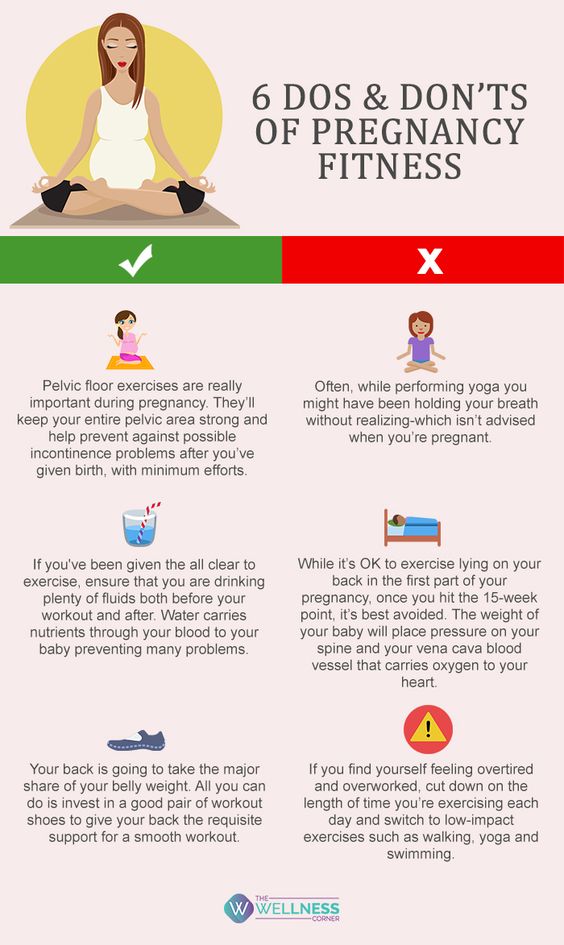
- Half squats
Place your feet shoulder-width apart, toes slightly apart. Make a smooth "circle" with your shoulders back, connecting the shoulder blades. Then take a semi-squat, tilt your head back and return to the starting position. After that, perform a “circle” with your shoulders forward, half-squat, and tilt your head forward. - Slopes
Legs apart, hands brought together behind the head. Tilt your torso to the left, then to the right, then lean forward and back. Movements are performed in unison. Then the same on the other side.
It should be noted that after childbirth, swimming is very useful for strengthening all muscle groups. Moreover, you can swim already a week after discharge from the clinic (if there are no contraindications from the doctor). As for the gymnastics itself, it is better to start training under the guidance of an instructor. This will avoid sprains, overloads and injuries.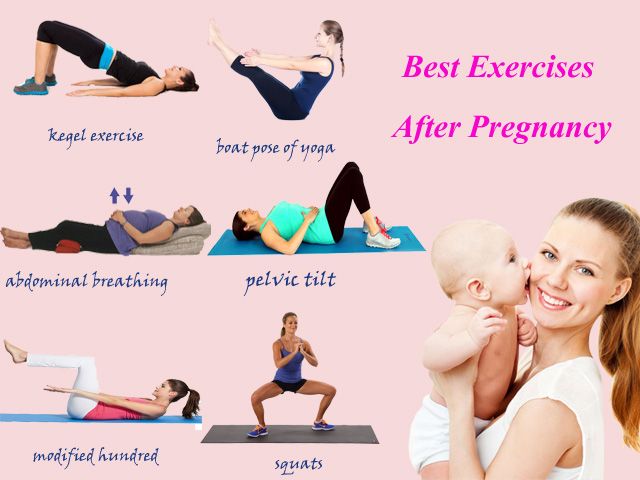 In addition, a set of exercises should be compiled taking into account the physical form of a woman, her age, weight and individual characteristics.
In addition, a set of exercises should be compiled taking into account the physical form of a woman, her age, weight and individual characteristics.
Get professional advice from Gold’s Gym instructors. Restorative fitness for women after pregnancy and childbirth is one of the areas of work of our center. Experienced trainers will help you regain joy and ease of movement, find a beautiful shape and a positive attitude. Classes to strengthen the muscles of the abdomen, chest, back and the whole body after childbirth are held here both individually and in groups, and the training itself becomes for visitors not hard exhausting work, but a pleasant pastime. With Gold`s Gym, fitness is a joy!
Postpartum sports - 7 recovery exercises | Thule
Postpartum Sports - 7 Recovery Exercises | Thule | Russia- The company has stopped shipments of all products to the Russian market until further notice. As a consequence of the foregoing, retail purchases of products and parts may not be available.
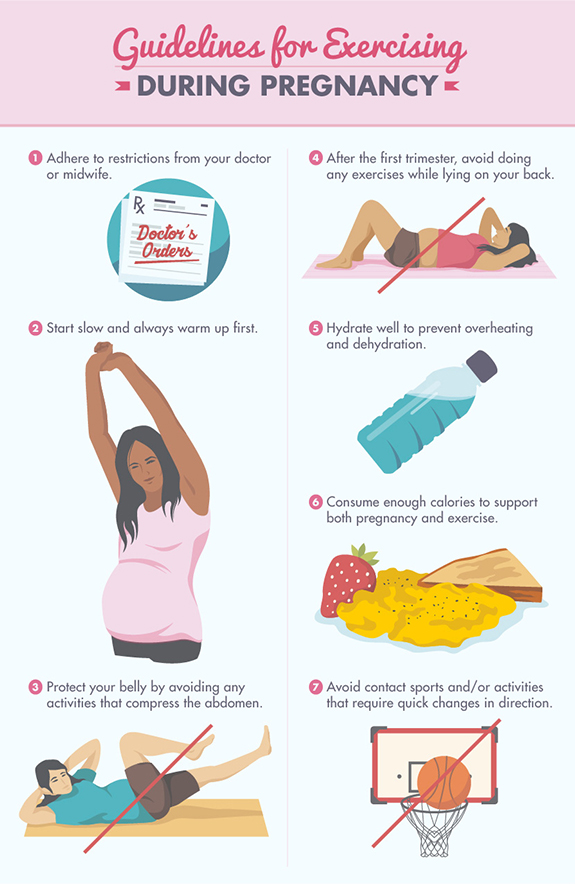
- Check out our gift guide!
- Main page
- /
- Articles
- /
- Tips
- /
- Sports after childbirth - 7 exercises for recovery
It looks like you're coming from Germany. Want to go there?
Model Number:
Status:
Go to basket
Tips
Is it safe to exercise after childbirth? What types of training are suitable for women who have recently given birth? Check out our tips for more.
It is not easy to go in for sports immediately after childbirth. In addition, taking care of a baby is also a kind of sport! However, exercise helps to strengthen the muscles weakened during childbirth, and even get rid of pain.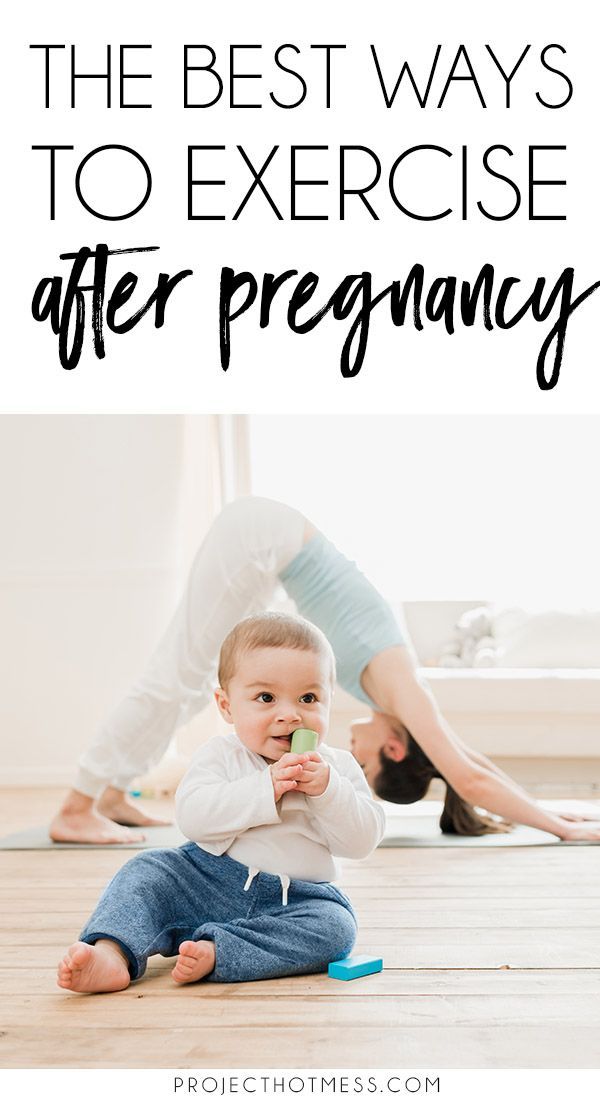
European and American experts recommend that women who have recently given birth should do about 150 minutes of light sports every week, evenly spreading this time throughout the week. Of course, after you have given life to a new person, not everything will work right away. Take your time, listen carefully to your body - and, of course, consult your doctors regularly!
Here is our postpartum recovery exercise program:
Recommended postpartum recovery exercise:
- Pelvic floor exercises
- Walk
- Fast walking
- Jogging
- Stretching
- Strengthening the abdominal muscles
- Riding an exercise bike
Pelvic floor exercises
0006 Kegel exercises , squats or glute exercises , which can be performed immediately after childbirth. As you might have guessed, they strengthen the pelvic floor muscles that control the bladder and bowels.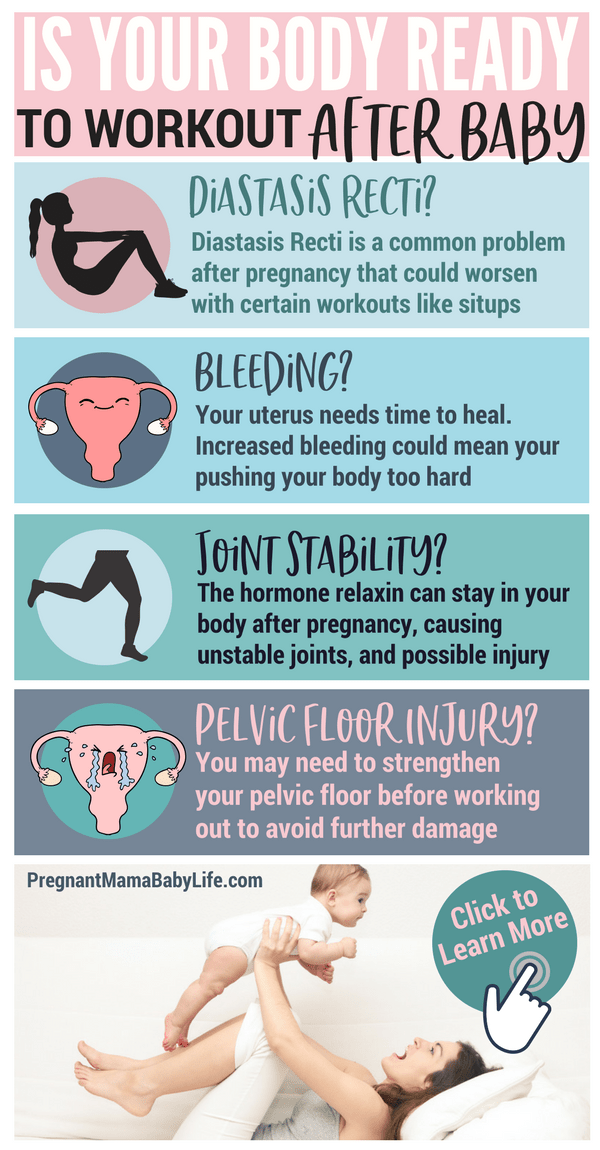 During pregnancy, these muscles weaken, but glute exercises and the like will help you get them in shape without overstretching.
During pregnancy, these muscles weaken, but glute exercises and the like will help you get them in shape without overstretching.
Squats
Stand with your feet hip-width apart, keep your back straight, bend your knees, and lean as low as you can. Return to the starting position and repeat the exercise.
Exercise for the gluteal muscles
Lie on your back, bend your knees, arms at your sides. Squeeze your buttocks and lift your hips. Return to the starting position and repeat the exercise.
Walk
Take your baby for a walk! This is a low-intensity aerobic exercise that will give you energy and allow you to enjoy fresh air. For active women who are ready to resume jogging as soon as possible after pregnancy, a jogging stroller is perfect, which can be equipped with a cradle or child car seat for a newborn. You can use it as a stroller at first, and then (at around six months of age) swap out the carrycot for a toddler seat and start running with your baby.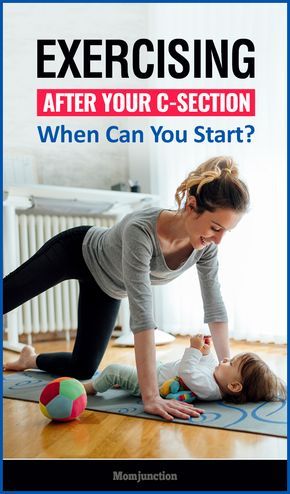
Walking briskly
As you begin walking and doing pelvic floor exercises, you will gradually increase the amount of exercise—for example, walking faster and farther to "get the blood going." Attach a mug holder to your stroller so you don't get thirsty. If your stroller is strong enough for cross-country walking, you can even take a walk in a park or forest.
Jogging
Why not start jogging as soon as the doctors allow? When your baby is 6 months old, he can even join you in a jogging stroller! See our tips for running with babies here.
If you've used a jogging stroller with a carrycot or a newborn car seat, simply replace them with a toddler seat and you won't have to buy a new stroller.
Stretching
Many women experience aching muscles after childbirth, particularly in the lower back, neck and hips. In addition to caring for a newborn, your physique changes after pregnancy: some muscle groups become stronger, others weaken.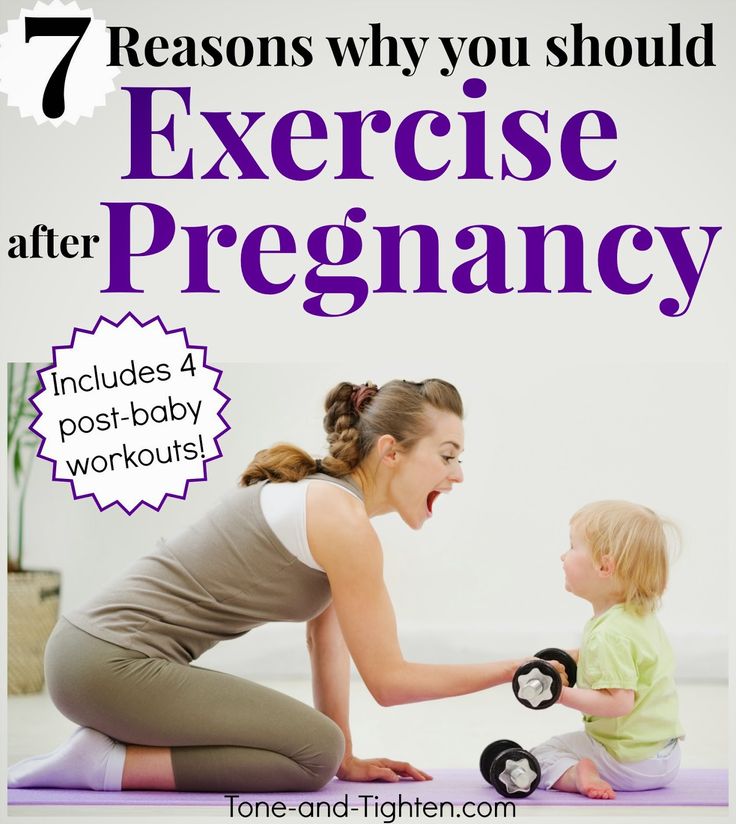 Stretching exercises for the lower back, chest, neck, and hips are ideal for postpartum recovery. By helping these muscles relax, you reduce the stress on your joints, thereby reducing pain.
Stretching exercises for the lower back, chest, neck, and hips are ideal for postpartum recovery. By helping these muscles relax, you reduce the stress on your joints, thereby reducing pain.
Start with a simple stretch, such as hamstring muscles or lateral neck muscles . Then you can move on to something more advanced, like Kneeling Hip Flexor Stretch , Standing Shoulder Stretch (you can lean on a chair) or Backward Bends to stretch the hips .
neck stretch
Tilt your head to the right and left, helping yourself with your hand.
Kneeling hip flexor stretch
Get on your knees, put one foot in front of you, at an angle of 90 degrees. Lean forward and stretch. Change your leg and repeat the exercise.
Stretching the thigh muscles from a prone position
Lie on your back, bend and lift your left leg at a 90 degree angle.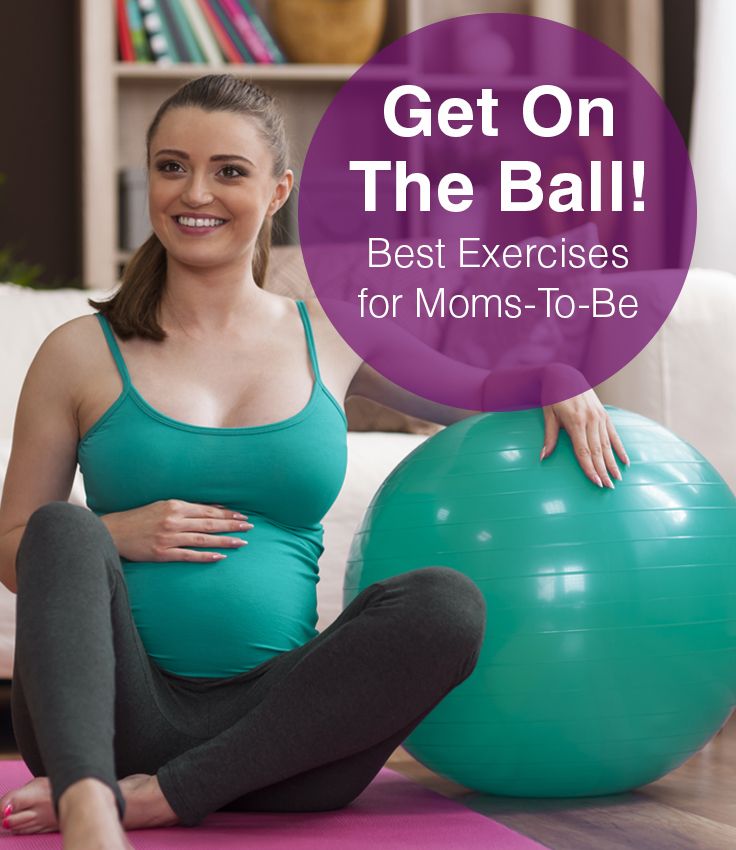 Pull your leg towards you with your right hand. Bend your right leg and place it over your left so that it forms a triangle. With the palm of your left hand, push your right leg away from you for a deep stretch. Change your leg and repeat the exercise.
Pull your leg towards you with your right hand. Bend your right leg and place it over your left so that it forms a triangle. With the palm of your left hand, push your right leg away from you for a deep stretch. Change your leg and repeat the exercise.
Strengthening the abdominal muscles
During the recovery period after childbirth, women are advised to do exercises to strengthen the abdominal muscles. The crunch is a great choice as it strengthens the obliques and even the psoas, which can be sore after childbirth. The pull-in exercises are also recommended, as they work the muscles of the torso very well.
According to a study published in JOSPT (Journal of Orthopedic & Sports Physical Therapy) in 2015, abdominal exercises reduce the likelihood of diastasis rectus abdominis - when the stomach begins to bulge due to the expansion of the space between the left and right abdominal muscles as a result of pregnancy.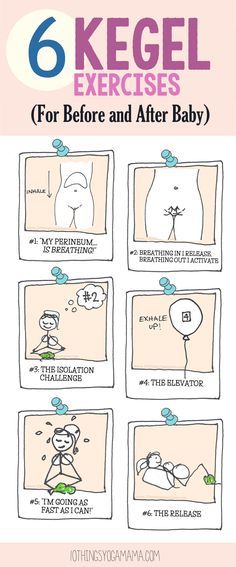
Twisting
Lie on your back, bend your knees and lock your hands behind your head. Raise your upper body. Return to the starting position and repeat the exercise.
Cycling
This aerobic exercise is a great workout for your heart when you're ready to push harder. Cycling helps to strengthen the muscles without putting stress on the joints, especially on the back or hips, which many women already feel sore after pregnancy.
Sports with babies for dads
In the turmoil that comes with the arrival of a new baby, it can be difficult for both moms and dads to balance outdoor activities and family life. So why not combine them? Active rest with a child will benefit both you and your baby. For example, you can put your child in a jogging stroller and go for a run together. A stroller with adjustable handlebars is perfect for tall dads, so you won't hit the stroller with your feet at every step.